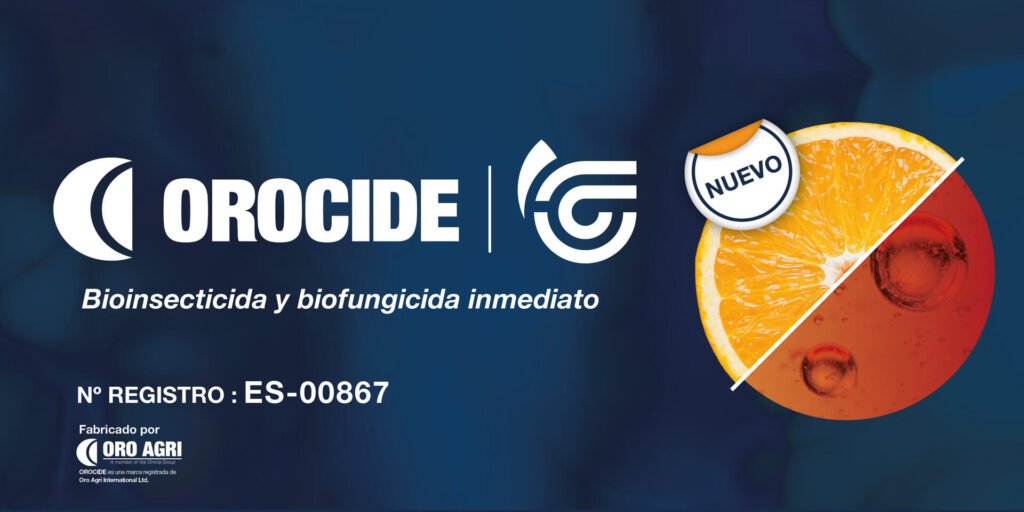Mites are a subclass of small arachnids made up of numerous species. We can find them in all kinds of habitats and they have a very varied diet.
In this article we will focus on phytophagous mites. These generally feed on the first layer of leaf and fruit cells, injecting substances that digest cell tissues and subsequently reabsorbing them.
They are a pest of great relevance in citrus because they can cause great damage to leaves, shoots and fruits, and cause significant economic losses.
Next, we tell you what we must know to avoid the pest or detect it as early as possible and minimize its impact on our crop:
What mites affect the lemon tree?
In citrus we mainly find two types of mites:
- Eriophids: they are very small to see with the naked eye (about 0.2 mm)
Among the best known are the wonder mite (Aceria sheldoni) and the roasting mite (Phyllocoptruta oleivora).
- Tetraniquids: they are larger (about 0.5 mm)
We highlight the red mite (Panonychus citri), the eastern mite (Eutetranychus orientalis), the red spider (Tetranychus urticae) and the Texas mite (Eutetranychus banksii).
In citrus we mainly find two types of mites:
- Eriophids: they are very small to see with the naked eye (about 0.2 mm)
Among the best known are the wonder mite (Aceria sheldoni) and the roasting mite (Phyllocoptruta oleivora).
- Tetraniquids: they are larger (about 0.5 mm)
We highlight the red mite (Panonychus citri), the eastern mite (Eutetranychus orientalis), the red spider (Tetranychus urticae) and the Texas mite (Eutetranychus banksii).
- Favorable conditions for its development:
The mites that we can find in citrus generally prefer high temperatures and low humidity. This means that we must be very alert in dry areas and in the summer season, because this is when major attacks on crops can be more easily carried out.
The mites that we can find in citrus generally prefer high temperatures and low humidity. This means that we must be very alert in dry areas and in the summer season, because this is when major attacks on crops can be more easily carried out.
- What damage do they cause?
We can see different types of damage depending on the species of mite that attacks the crop. In general lines they would be:
- Eriophids: Deformations in shoots and fruits
- Tetraniquids: Discolorations and / or spots on leaves, losing them if the crop is weakened and discolorations and / or spots on the fruit, which may also affect its caliber if it is a young fruit.
In addition, they can also transmit diseases between the plants they feed on.
- How can we detect it?
Due to the great variety of species there are, we can find them anywhere in the crop.
It will be important to have a magnifying glass on hand to observe the presence of eriophid mites and also be alert to the silks that some species of tetraniquids can produce.
- How do we deal with it?
The best way to combat a pest is always through prevention. Proper management of the plot is essential to avoid major damage:
- Maintain adequate watering according to weather conditions.
- Avoid excess subscriber.
- Favor the biodiversity of the plot / greenhouse and thus allow the appearance of natural predators.
It is important to pay special attention in the summer when the temperatures are high and the environment is very dry.
If, despite everything, we observe the appearance of high populations of mites, we must use a specific treatment.
From Idai Nature, as experts in biocontrol, we propose the use of OROCIDE (Registration number: ES-00867) as a natural solution, formulated from orange oil, for its effectiveness against this pest and because it does not create resistance.
